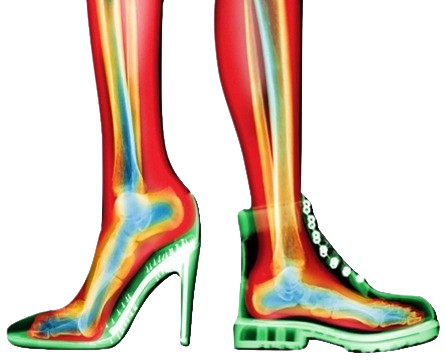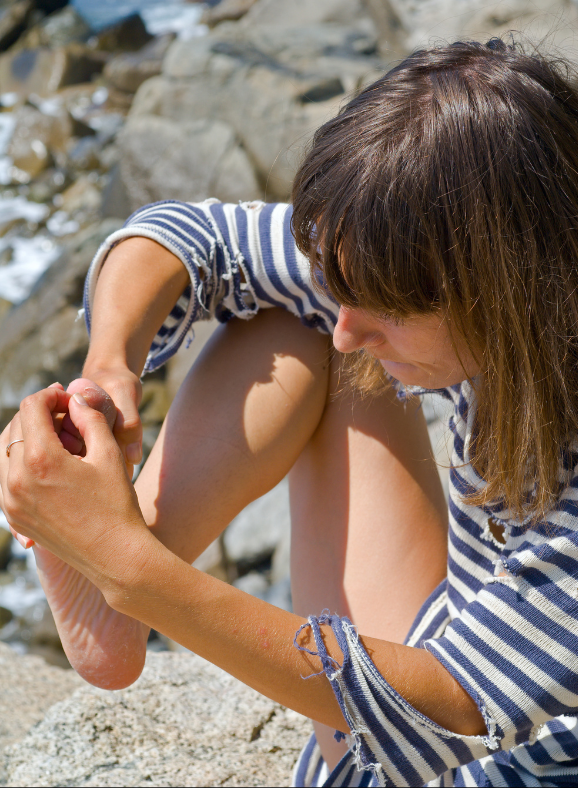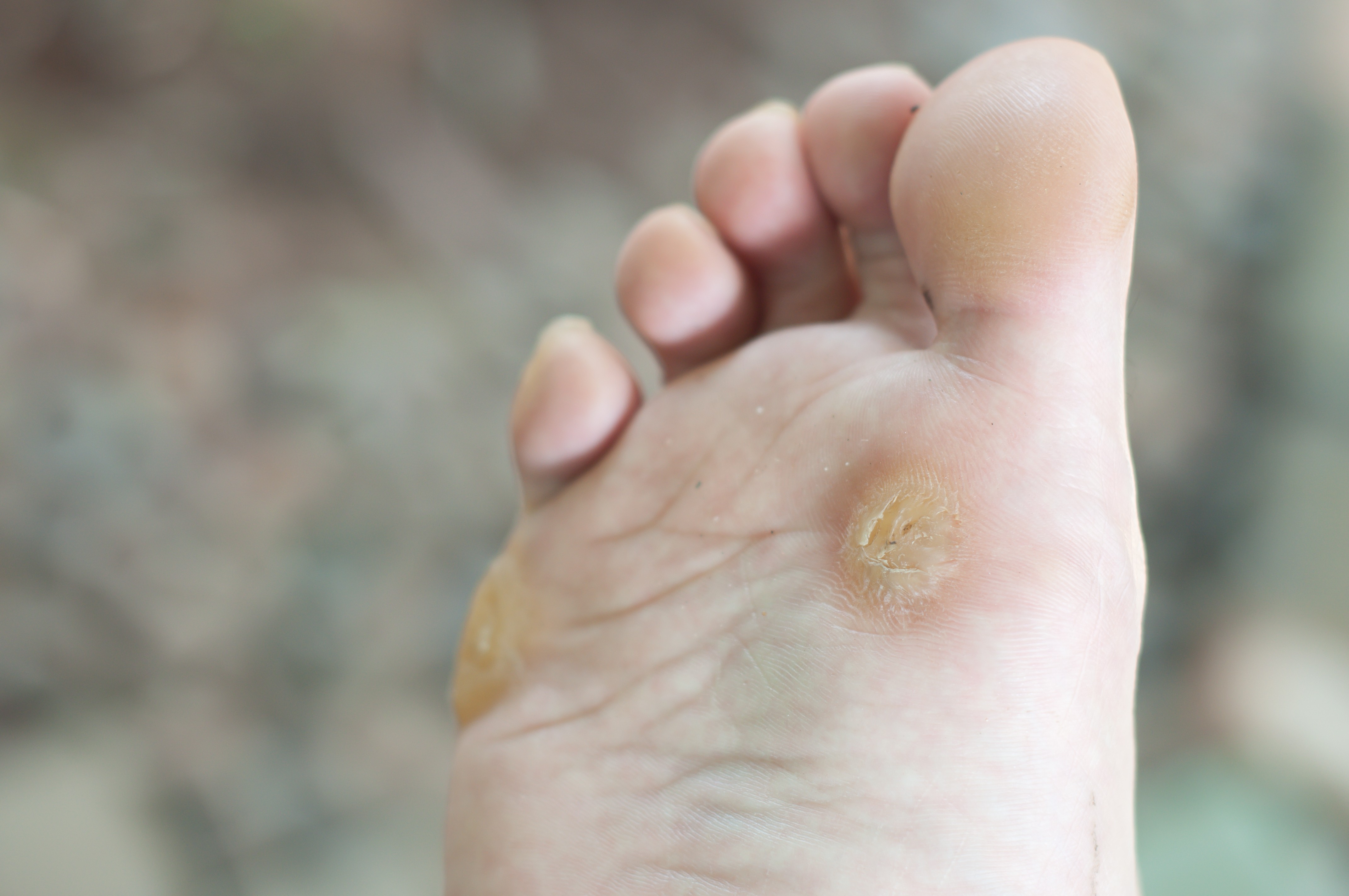A plantar wart, medically known as a verruca, is a virus (specifically, the Human Papillomavirus)
that is often transmitted in our childhood years, though can be transmitted at any age. The virus infects the outer skin layer, causing a
lesion to appear at the surface of the skin on the bottom of the feet.
A verruca tends to have a rough feel on the surface of the skin, may have an irregular (not always circular) shape and may have dark dots
throughout the lesion, which are actually small blood vessels. While they are not always painful when pushed down on,
they may elicit pain when squeezed from the sides. Warts may present as a single wart or in groups, and the sizes can vary greatly.





.jpg)